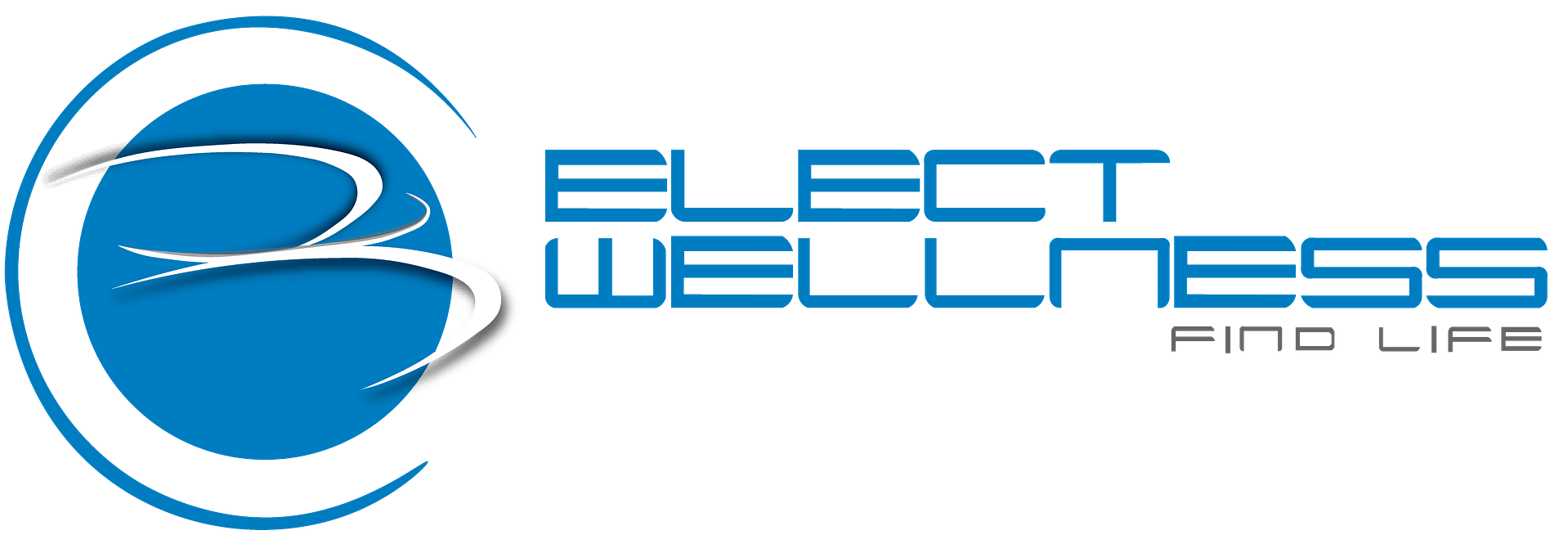
Golf may look low-impact compared to contact sports, but any seasoned player knows the repetitive, explosive movements of a swing can take a toll on the body. Hours on the course, countless practice swings, and poor mechanics can lead to nagging aches or even sidelining injuries. After working with many golfers, we have seen the same patterns repeat themselves. The good news is that most golf-related injuries are highly preventable with the right training and care.
Let’s look at the most common golf injuries and, more importantly, how you can avoid them.
1. Golfer’s Elbow (Medial Epicondylitis)
What it is: Pain and inflammation on the inside of the elbow, caused by repetitive gripping and swinging. It is similar to “tennis elbow,” but affects the opposite side of the joint.
Why it happens: Overuse of the wrist flexors and forearm muscles during swings, poor grip mechanics, or too much practice without recovery.
How to prevent it: Strengthen forearms and grip with exercises like wrist curls, reverse wrist curls, wrist rotations, and farmer’s carries. Check grip size on your clubs; too small or too large can increase strain.
2. Lower Back Pain
What it is: Strains, spasms, or even disc issues which for golfers often stems from rotational stress during the swing.
Why it happens: A golf swing requires powerful rotation through the hips and core. If mobility is limited or the core is not strong enough, the lower back takes the brunt of the load.
How to prevent it: Strengthen your core with anti-rotation moves like Pallof presses, dead bugs, and planks. Improve hip and thoracic spine mobility with dynamic stretches like hip openers, cat-cow, and thoracic rotations. Warm up before teeing off. Five minutes of mobility is far better than 18 holes of stiffness.
*Note: Lower back pain is one of the most common issues in the general population, not just golfers. Often, it stems from tight hips, weak glutes, or prolonged sitting rather than golf itself. For some players, the swing is simply aggravating a pre-existing problem. It is important to determine whether your discomfort is truly coming from the repetitive movement of the swing or from lifestyle factors like limited hip mobility or poor posture.
3. Rotator Cuff Injuries
What it is: Irritation, tendonitis, or small tears in the shoulder muscles that stabilize the joint.
Why it happens: The shoulder works hard during the backswing and follow-through. Weakness or imbalances in the rotator cuff leave it vulnerable to overuse.
How to prevent it: Strengthen the rotator cuff with banded external and internal rotations. Train scapular stability with rows and face pulls.Avoid swinging through pain. Shoulder irritation worsens quickly if ignored.
Balance your training by including pulling exercises instead of focusing only on pressing work.
4. Knee Pain
What it is: Irritation or strain in the knee joint, often on the lead leg, which absorbs rotational force during the swing.
Why it happens: Weak hips or poor foot mechanics cause the knee to twist under pressure. Over time, this leads to inflammation or even ligament stress.
How to prevent it: Strengthen hips and glutes with moves like clamshells, bridges, and lateral band walks. Work on single-leg strength with lunges and step-ups to mimic golf’s weight shift. Use proper shoes with supportive spikes that stabilize your stance. Keep the front knee slightly bent through the swing rather than locking it out.
5. Wrist Injuries
What it is: Tendonitis or sprains in the wrist joint.
Why it happens: Poor swing mechanics, hitting the ground before the ball, or over-gripping the club.
How to prevent it: Build wrist and forearm strength with light dumbbell or resistance band work. Practice smooth mechanics rather than muscling the swing. Take breaks if pain starts. Small issues in the wrist can quickly become chronic.
Training for Longevity on the Course.
The best way to keep golfing pain-free is to think of yourself as an athlete. Golfers need strong, mobile, resilient bodies to handle the repetitive stresses of the game. A well-designed fitness plan should include:
- Mobility training for hips, shoulders, and thoracic spine
- Strength training for core, glutes, legs, and shoulders
- Flexibility and recovery work such as stretching, foam rolling, and rest days
- Smart practice habits that prevent overuse injuries
Final Thoughts
Golf injuries do not have to be part of the game. With the right blend of strength, mobility, and technique, you can spend more time perfecting your swing and less time in the physical therapist’s office. Train like a golfer, move like an athlete, and your body will reward you with longevity on the course.

Thomas C. Jensen is an exercise physiologist, nutritionist, and a nationally certified personal trainer through both the National Strength and Conditioning Association and the National Academy of Sports Medicine. He is a summa cum laude graduate of Harding University and a member of the Alpha Chi National Honor Society. As a wellness speaker and franchisor, he has shared his expertise in health and fitness with diverse audiences. He has been professionally training and consulting clients of all ages and backgrounds, for both health and human performance, for over 20 years. In March of 2004, he launched Elect Wellness, a thriving home-delivered personal training and nutrition coaching company, which has since expanded into an effective franchise system.



























